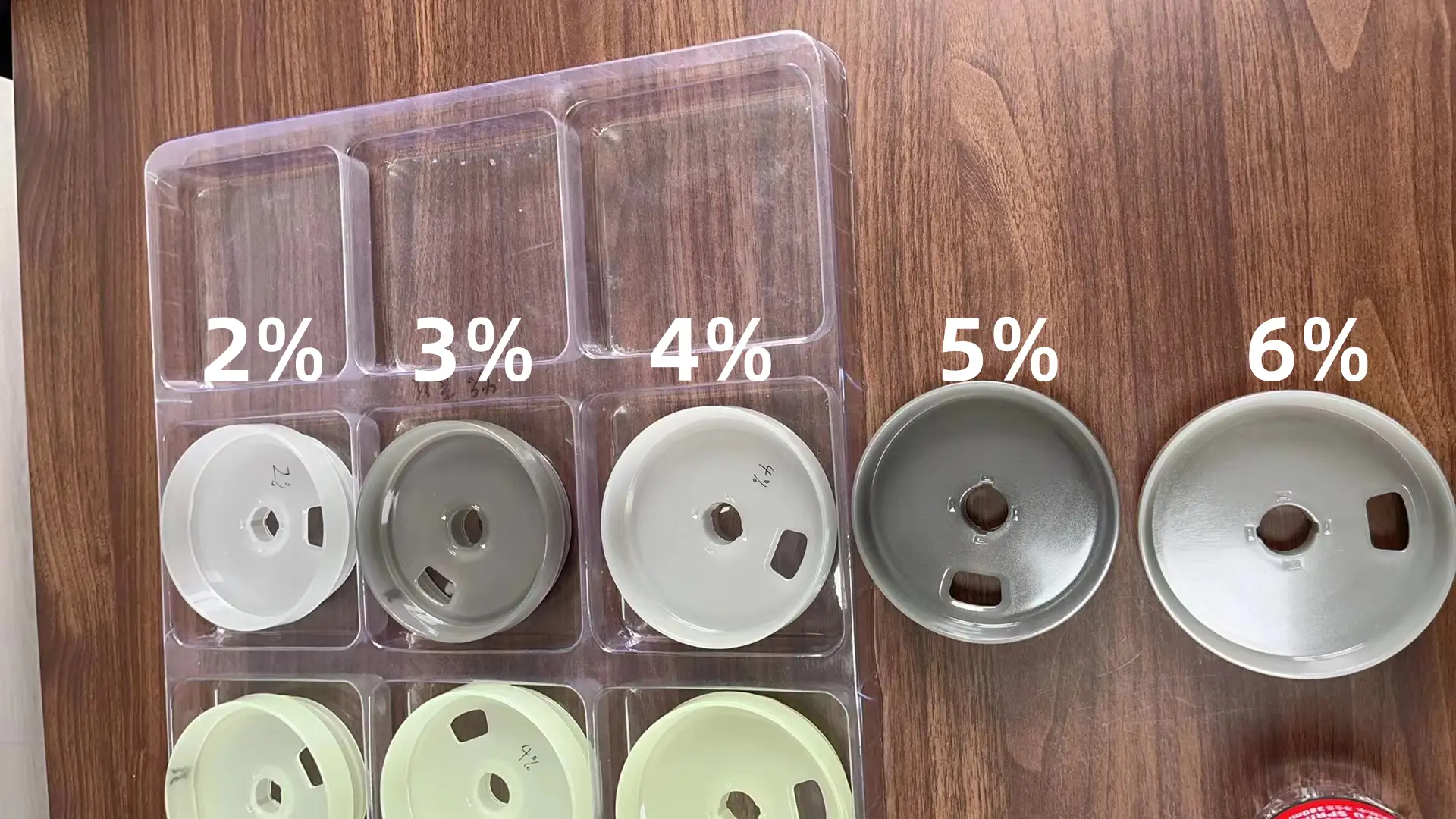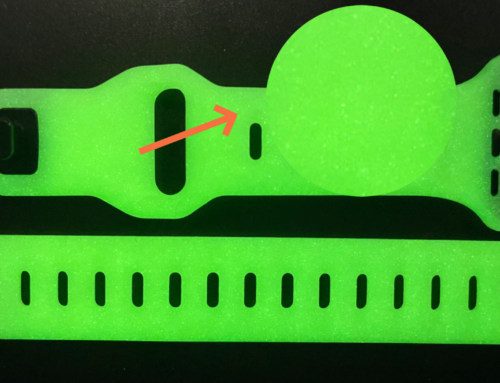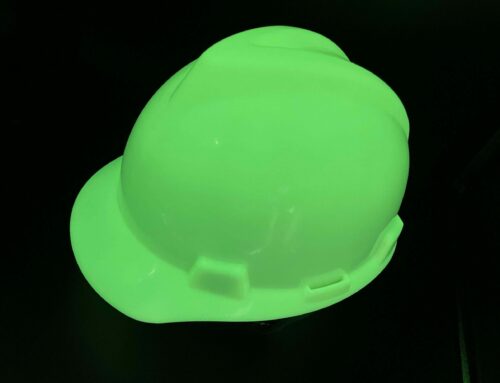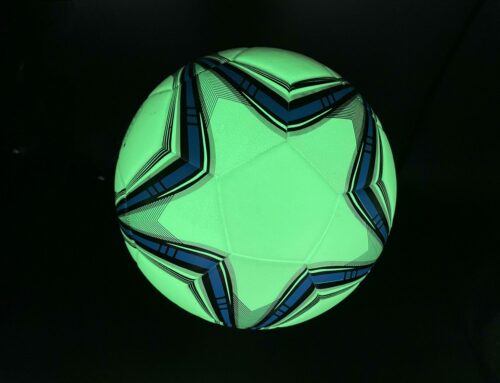Time: March, 2024
Generated Phenomenon:
6% dosage is obviously leads to blacken problem, but 3% and 5% are even worse. It is illogical.
Cases and Purposes:
Injection molding by 5 different dosages of glow in the dark pigment, to find out the best suitable one.

Analysis and Solutions:
In the process of plastic injection molding, the use of glow-in-the-dark pigments causing product blackening is a common issue. This occurs because the particles of the pigment are quite hard and can easily rub off metal impurities from the inner walls and screws due to friction, leading to product blackening. Additionally, these impurities can also obscure some of the light, reducing the product’s glow brightness.
Typically, the higher the proportion of glow-in-the-dark pigment added, the more prone the product is to blackening. However, in this case, products with 3% and 5% pigment concentration ended up darker than those with 6%, a logically inconsistent phenomenon, thus causing confusion for the client.
In fact, product blackening is related not only to the proportion of glow-in-the-dark pigment added but also significantly to the condition of the production equipment. Even if the same client uses the same proportion of the same pigment, different injection molding machines may produce products with good quality or blackened ones. This is due to differences in the internal settings of the injection machines, such as the size of space and the spacing between components, affecting the magnitude of friction encountered. Machines that generate greater friction naturally produce products that are more prone to blackening.
Upon receiving feedback from the client, we immediately considered the potential differences in equipment settings. After inquiring, it was found indeed that the samples with 2%, 4%, and 6% concentrations were produced in one batch with a single machine, while the 3% and 5% concentrations were produced in a second batch with another machine. Therefore, we recommended the client to try the 3% and 5% concentrations on the first machine and compare them with the other three for a meaningful comparison. The client understood our advice and happily accepted it.







Leave A Comment